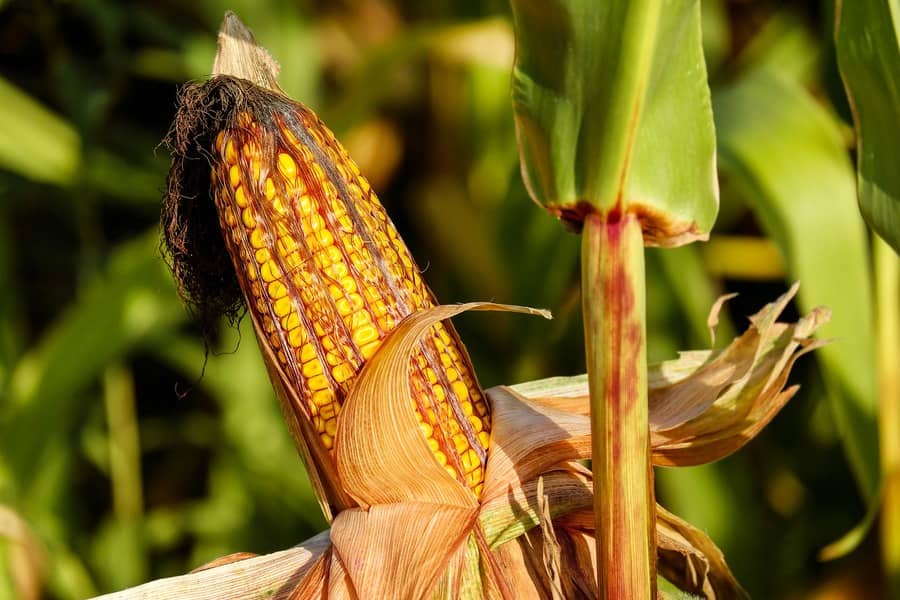Porto Alegre, May 9, 2023 – Last week’s information was not entirely positive for the corn market. The US planting at its historical average pace and practically double of 2022, as well as negative weekly shipments, sounded bearish for prices on the Chicago Board of Trade (CBOT). On the other hand, more difficult negotiations between Russia and the UN for the Ukrainian export corridor offered slight support to wheat with consequences (more psychological than practical) on corn. Now, the focus is on the USDA report on the 12th, with the first estimate for the 23/24 business year, which must be fully bearish.
The planting of the US crop continues at a great pace. Last week, it reached 26%, the same level as the 5-year average and twice the amount planted in 2022 in the period. The rains for the last 15 days showed only some excess on the border with Canada and northern Minnesota. There was more intense cold in this region last weekend. This should neither disturb the planting profile nor quite impact the 2023 crop. There is no excess of moisture in the central region of the Midwest, with a good projection of rains for the west this week. For now, there is no big risk variable for the current US crop.
In Europe and China, the rains are evolving this spring, and the expectation for the summer is regular rain. The planting in these locations is advancing and suggests normal conditions so far. El Nino starts to become evident with the strong heating in the Pacific on the northern coast of South America and starting to consolidate itself for the 23/24 season.
The good planting progress in the United States and the cancellation of purchases by China are a set of information that does not consolidate support for corn hikes. While May is being liquidated close to USD 6.50/bushel, July takes on the spot position trying to maintain levels close to USD 6.00/bushel, at least. The contracts for the new crop, September and December, reveal a curve of greater pressure, toward USD 5.30/bushel after having lost the support of USD 5.50. In this still relatively high price range, growers and funds are speeding sales of the new crop on CBOT. The open position of growers reaches almost 500,000 contracts sold, while funds hold 266,000 contracts sold. This means the market has a bearish focus and sought protection against the bearish curve.
As we have pointed out, this week USDA will release its first supply and demand projection for the 23/24 business year. And the math of potential production x potential demand is expected to generate entirely recovered stocks. The pace of planting drives USDA to project a very high average yield, possibly 177 bushels/acre, but it would not be surprising a jump to 180 bushels/acre.
The market can wait for weather events to only then price a break of the level of USD 5.00/bushel during the harvest or, in case the weather in July shows good conditions for pollination, bring gradual lows until the harvest, as is already happening. The surprise? A cut in rainfall in the Midwest in July and August would be the big point to reverse the bearish bias for the CBOT. Political factors involving the global environment would be unpredictable issues for price convergence at this time. The whole issue related to the convergence of prices toward a new average in the coming months is also related to the pace of adjustment in input prices. In general, there has already been a decline in chemicals and fertilizers. However, for a convergence to the lowest average for commodities, input prices will need to fall more, under the risk of affecting planting globally in 2024/25. Negative margins for growers can have important impacts on the entire agribusiness chain.
Follow the Safras Agency on our website. Also follow us on our Instagram and Twitter and stay on top of the main agribusiness news!
Copyright 2023 – Grupo CMA

